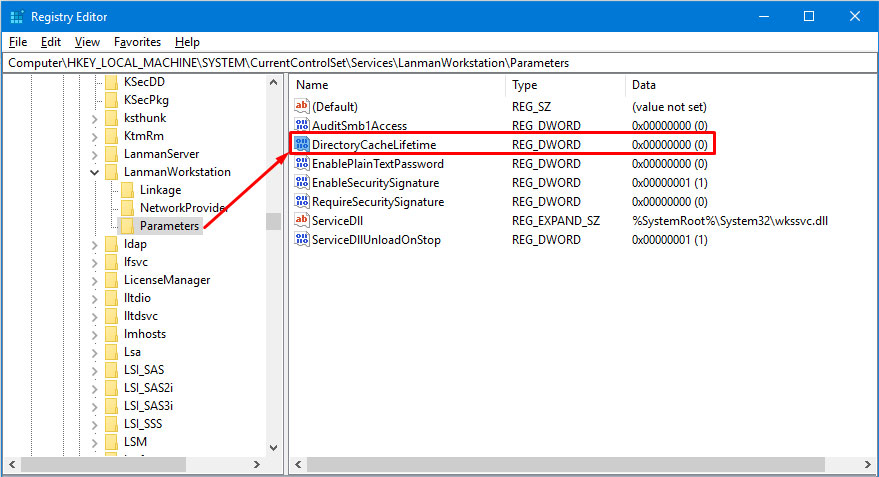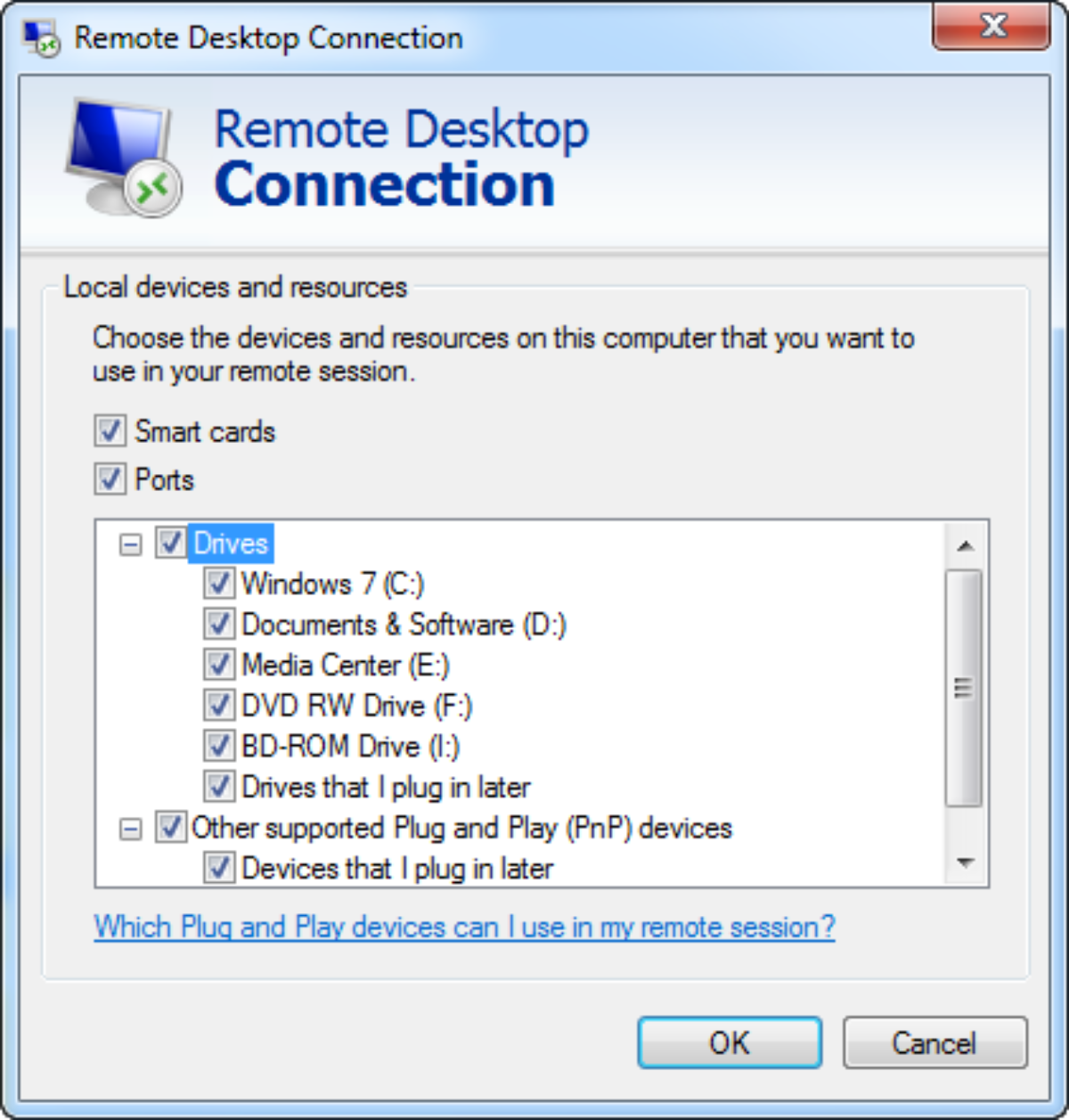In Windows Server 2016 (RDP 10), the following components were added to RemoteFX. OpenGL 4.4 and OpenCL 1.1 API support in a virtual machine with the RemoteFX adapter More dedicated VRAM for the RemoteFX adapter Various performance improvements in transport and API implementations. Restart Remote Desktop Connection if it is currently running. More information. For step-by-step instructions on configuring an evaluation deployment of RemoteFX USB redirection for Windows 7 SP1, go to the following Microsoft Technet website: Configuring USB Device Redirection with Microsoft RemoteFX Step-by-Step Guide. Use Windows Server 2019 for your Remote Desktop infrastructure (the Web Access, Gateway, Connection Broker, and license server). Windows Server 2019 is backward-compatible with these components, which means a Windows Server 2016 or Windows Server 2012 R2 RD Session Host can connect to a 2019 RD Connection Broker, but not the other way around.
You can see in the linked KB article that RemoteFX has been deprecated due to some security flaws and that there are better features that can be used. But it doesn’t really say how to disable RemoteFX. To disable RemoteFx; Open a Powershell Prompt as Administrator (elevated). Run this command.
This policy setting allows you to permit RDP redirection of other supported RemoteFX USB devices from this computer. Redirected RemoteFX USB devices will not be available for local usage on this computer.If you enable this policy setting you can choose to give the ability to redirect other supported RemoteFX USB devices over RDP to all users or only to users who are in the Administrators group on the computer.If you disable or do not configure this policy setting other supported RemoteFX USB devices are not available for RDP redirection by using any user account.For this change to take effect you must restart Windows.
Policy path:
Scope:
Supported on:

Registry settings:
Filename:
Symptoms
RDP Connection attempts to a RemoteFX enabled Terminal Server fail, resulting in the following error on the client:
'The remote computer disconnected the session because of an error in the licensing protocol. Please try connecting to the remote computer again or contact your server administrator.'
Remotefx Gpu Windows 10 Rdp

The Terminal Server logs the following event:
Event ID: 1152
Source: TerminalServices-RemoteConnectionManager
Message: The Remote Desktop Virtualization Host server cannot issue a client license. It was unable to issue the license due to a changed (mismatched) client license, insufficient memory, or an internal error.
Cause
This problem occurs when standard RDP security is used by the client to connect to the RemoteFX server.
This can occur under the following conditions:
The client is a custom application using the Remote Desktop active control. This control uses standard RDP security by default.
The client is 3rd party or Windows Remote Desktop client that is configured to use standard RDP security. Windows XP SP3 and newer Remote Desktop clients use Enhanced RDP security by default and will not exhibit this problem. Older client operating systems use standard RDP security by default, and will exhibit the symptoms listed in this article.
Resolution
The client must be configured to use Enhanced RDP security.
If the client is a custom application using the Remote Desktop ActiveX control, the client must use minimum control version IMsRdpClientAdvancedSettings4 interface and set the AuthenticationLevel property to either 1 or 2 (default level is 0).
Configure Remotefx Windows 10
Windows XP SP2 clients running MSTSC.exe can work around this licensing problem by using RDP enhanced security (by selecting the 'Attempt authentication' Drop down in the security tab properties of the Remote Desktop Connection client.
